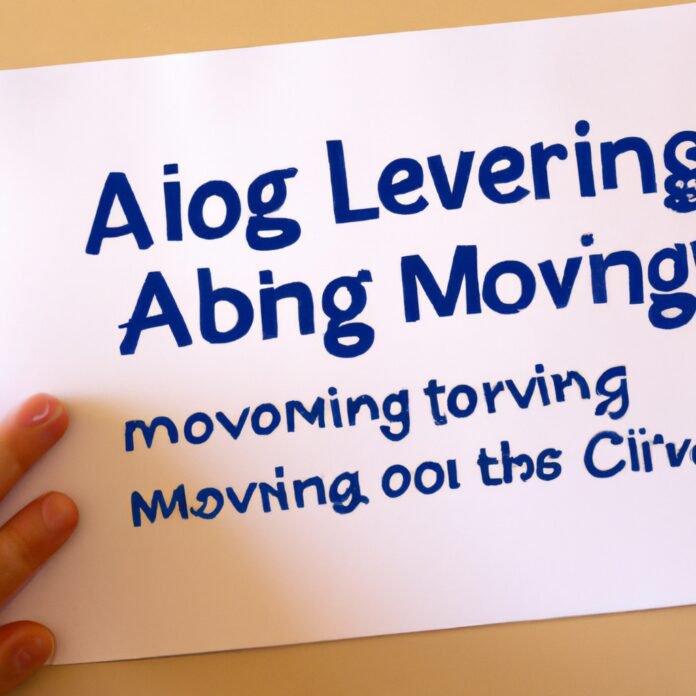Have you ever noticed how active children can be? All that running around and bouncing off the walls isn’t necessarily bad behavior. Research indicates that movement plays a critical role in the physical, mental, and educational development of kids. In this article, we’ll explore how embracing active learning can provide key benefits for children. Let’s get moving!
1.Exploring the Benefits of an Active Learning Environment
An active learning environment is one that goes beyond the standard classroom setting. It encourages students to be engaged and take the initiative in their studies, creating space for interactive discussions, problem-solving, and critical thinking. Active learning environments can have significant benefits for students of all ages.
Enhanced Critical Thinking Skills
Active learning strategies can be an effective tool for boosting critical thinking skills amongst students. By discussing different topics and ideas, or participating in activities such as role-play or organized debates, they are required to evaluate and analyze information presented to them. This allows them to gain perspective on different viewpoints and quickly assess which one works best for them.
Collaborative Learning
This type of environment enables students to learn from each other. Through actively discussing ideas and concepts, or collaborating on projects, they are able to gain different perspectives and feedback from their peers. This type of learning can be more meaningful and enjoyable than traditional passive learning methods.
Self-Esteem and Confidence
Active learning environments encourage independent problem solving and creativity. This gives students the opportunity to use their skills and show off their knowledge. Each accomplishment they make in class can increase their self-esteem and allow them to gain a sense of pride in their work, which can ultimately lead to increased confidence.
Active learning environments can have many benefits for students, from improved critical thinking to increased self-esteem. It is important to ensure that the educational environment is encouraging and engaging, to ensure students can get the most out of their education.
2. Unlocking the Power of Movement to Enhance Child Development
The importance of movement in child development cannot be overstated. It is fundamental to cognitive, emotional, and physical well-being. Not only does it give children an opportunity to explore the world around them, it also helps them strengthen their skills in a variety of areas.
One of the most powerful ways to unlock the power of movement is through games and activities. When given space to learn and experiment, children can explore balance, spatial awareness, motor coordination, and more. As they build their skills, they can become more confident in their ability to move around the world and reach new heights.
It is also important to ensure that children are engaged throughout activities. Encouragement and enthusiasm should be the key message when engaging children — this helps build self-confidence and open their eyes to the possibilities of movement.
To unlock the power of movement, here are a few activities to consider to help your child reach their full potential:
- Developing gymnastic skills: Whether it’s jumping, rolling, or climbing, try to incorporate a few gym-style activities into your kid’s routine. This is one of the best ways to get them comfortable with movement.
- Playing music : Music is an excellent way to get kids up and moving. Try encouraging them to dance to the rhythm or explore their own movements as music plays in the background.
- Animal walks : One simple activity to get kids to move around and act out their favorite animals has the potential to keep them engaged for hours.
- Outdoor play : Time outdoors provides an incredible space for children to explore and strengthen their movement abilities. A park or a backyard can also open the door to a variety of activities.
By implementing these strategies and activities, you can unlock the power of movement and help your children experience the many benefits of an active lifestyle.
3. Putting Theory into Practice: Strategies for Implementing Active Learning
Once you have a better understanding of the different active learning theories, it is time to start putting those concepts into practice. Here are three strategies to effectively implement active learning:
- Establish learning objectives. Determine the goals of the active learning activity and how that activity fits in with the overall lesson’s objectives. How is the active learning activity building students’ knowledge and skills?
- Ensure student engagement. Structuring activities for student engagement is critical for active learning to be successful. Each activity should focus on challenging students’ understanding of the subject matter and have clear instructions on what needs to be done, how long it should take, and how group work and general discussion are incorporated.
- Provide feedback. Give students frequent feedback throughout the project to reinforce what they have learned and achieved. Try to structure feedback as a dialogue for active learning and ensure that feedback is relevant, specific, and providing support.
Encouraging Student Reflection
In order for active learning activities to impact the way students think, it is important to build in opportunities for student reflection. This begins with constantly checking for understanding throughout the lesson. Getting students to demonstrate their thought process and explain how they came to a certain conclusion is a great way to get students to think more deeply and critically. Encourage students to assess their learning areas and make connections between their current and past learning.
Incorporating active learning techniques into the classroom can be a great way to engage students and teach them about the material in a meaningful way. With these strategies, educators can effectively implement active learning into their lesson plans and foster meaningful learning experiences for their students.
4. Incorporating Active Learning into Lesson Planning
To break away from traditional lesson planning, incorporating active learning into your planned curriculum comes with many benefits. From increased engagement and motivation to being more inclusive, teachers have found it to be a great way to learn.
- Engagement: By adding interactive activities and movement, students are more engaged in the course material.
- Flexibility: Meaningful activities don’t have to fit into rigid learning structures. Unexpected discoveries and conversations that stem from student prompts can lead to interesting discussions and helpful learning outcomes.
- Inclusivity: Different learners have different needs, and active learning accommodates these needs and styles inclusively.
As such, teachers should make sure to plan ahead and think of ways to create engaging activities in the classroom. Rather than one-dimensional lectures, think of creative ways to incorporate movement and discussion. Incorporating game-like activities, re-enactments, and creative problem solving are great ways to keep the class engaged while learning the course materials.
There are also numerous online tools that teachers can use to create engaging activities for remote or at-home learning. Flashcard websites, sites for building slideshows, and other media-based tools can help spark interest in a subject and promote active learning amongst students.
5. Embracing Movement for a More Creative and Engaging Learning Experience
A learning session is no longer just about gaining knowledge and taking in information. It is becoming increasingly important to embrace movement for a more engaging experience with students. Why is that so?
- Movement encourages people to stay alert and monitors their mental activities.
- A variety of movement activities can stimulate different regions of the brain for meaningful understanding of concepts.
Motivating Movement: Movement within a classroom or program should always be student-led, not instructor-led – that is key to getting students engaged with the material. Ask students to come up with movement-based activities that represent a concept discussed in class. This allows them to express themselves creatively, and risk-free. Incorporating elements of motion and activity keeps everybody involved and energized.
Embark on a journey of exploring motion to stimulate your learning environment. Bring creativity and fun into the experience with mind-stretching activities that help provoke new ideas and fresh perspectives.
Embracing active learning can bring about myriad positive results in young children’s development and overall wellbeing. Allowing plenty of opportunity for physical activity and movement is as important for children’s health and educational progress as traditional classroom instruction. By providing classrooms and homeschool settings rich with physical and creative activities, we can give the gift of a promising future to our children and those to come!




